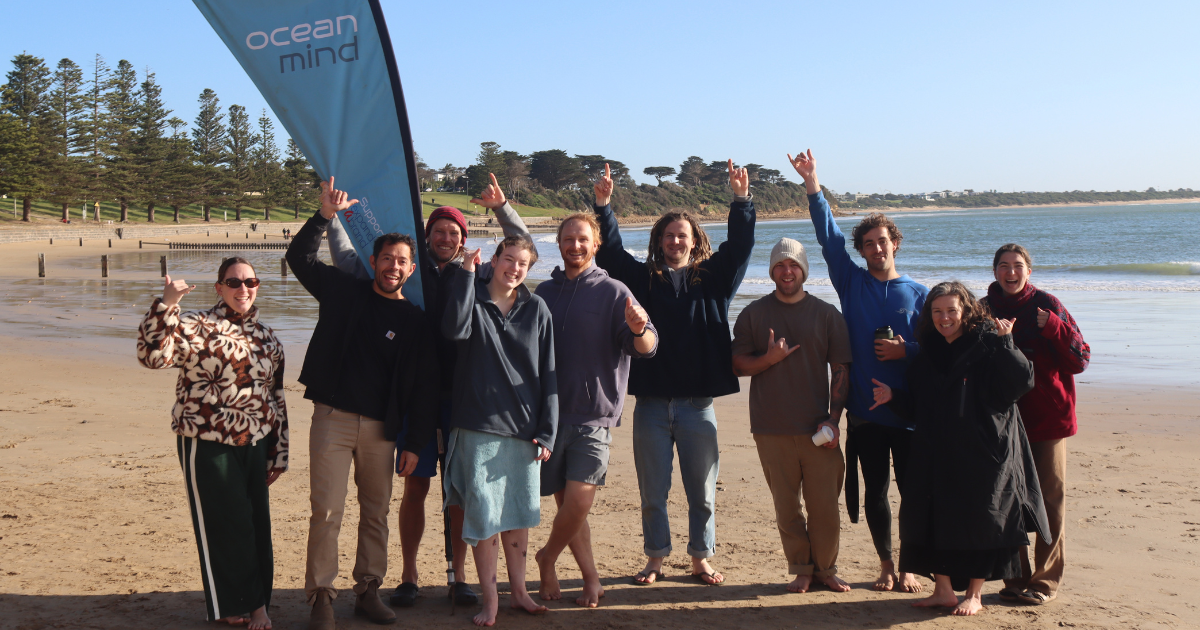Plea for restructure of homelessness services

Lisa never fit the stereotype of homelessness which made it harder for her to receive support. Photo: SUPPLIED
LISA dreams of being a homeowner one day but for now she lives in social housing following a stint of homelessness that lasted two years.
Never imagining herself in this position, Lisa resided in her car along with her pets, unable to find affordable housing or access support.
“I just needed a place to live so I could begin rebuilding my life which is not something I ever thought I would have to do but it was a set of circumstances that were out of my control,” she said.
“I didn’t look homeless; I didn’t meet the stereotype so accessing support for me was extremely challenging.
“There is only so much funding available and I didn’t fit into a priority group.”
Lisa has witnessed many people in situations like hers who fall through the cracks as there is not enough funding to help everyone in crisis.
When accessing a homelessness service, an adult will present to the entry point where the specialist service conducts an intake before placing them on their books until something becomes available.
“I presented at services in Geelong and I was trying to do follow-ups and effectivity got told there isn’t much they could do because the places aren’t available,” she said.
“I even had reception at one place say I was not a priority, that they had families in more need than me.
“You can imagine as a person presenting in crisis, and after being homeless for that length of time, it was not the words that I needed to hear.
“While I don’t think that should have been said to my face in my humble opinion, it is a reflection of what the services in Geelong are dealing with – they can’t assist the people who need assistance, they are having to prioritise because of the lack of budgets and lack of housing.”
The City of Greater Geelong estimated last month that 7,200 families were in need of housing across the municipality however only 3,300 properties were available.
Statistics released by Everybody’s Home Campaign anticipate homelessness across the country would increase by nine per cent this year, while Geelong will be the worst hit in the state with the rate of homelessness expected to swell by 23 per cent.
Lisa believes following the pandemic a new category of homelessness has emerged with the rise of the “working poor”, who have employment but are still struggling to find affordable private rentals.
“It has only gotten worse and I suspect it will keep getting worse unless there is systemic change at all levels of government,” she said.
Across all of Australia, just four rental listings out of 77,000 in December last year were affordable to someone on Youth Allowance while last month it was reported only three rental properties were affordable for singles on JobSeeker.
Bethany Community Support manager of access and housing Betti Chappelle said the rate of homelessness had exceeded the amount of crisis housing available.
“We’ve seen a significant increase in the rate of homelessness in this region in the past 12 to 24 months as entry points respond to those impacted by intersecting issues such as job losses directly related to COVID, family violence, mental health and other life stresses,” she said.
“House prices have boomed so fewer people can afford to get into the market and rental prices have increased dramatically while vacancies are very low.
“We’re still seeing effects of COVID-19 where people lost jobs or have insecure jobs. This has left some people unable to afford their rents or mortgages.”
Lisa, who is now an ambassador for the Lazarus Community Centre Geelong and a member of the newly formed activism group Homelessness Action Geelong, said huge investments are needed from all levels of government to create a housing first model.
“The government needs to build affordable houses and also purchase properties that are available and get people into homes,” she said.
“The Barwon region could be leaders in getting people into a home then doing a wrap-around of the support services according to their needs in order to support them to sustain tenancy.”
Lisa is currently living in social housing, but she said things were getting tight with the costs of rent meaning there is not much money left over for groceries and bills.
The cost of living in community or social housing is based on the market rental price in that particular area with a small subsidy applied in order to classify it as affordable.
“There is people in suits telling us what is in our best interest, but they have no idea, they have never lived it,” she said.
“It has been a real struggle. I am slowly getting back on my feet but now I have this factor of my age in terms of employment.
“Homelessness is a complex issue, and it is not just a case of stick a person in a home because there is a whole lot of other things that needs to come together at the same time including financial income, access to food and medical care.
“A whole range of systems need to be restructured because having a stable home is a basic human right.”

















